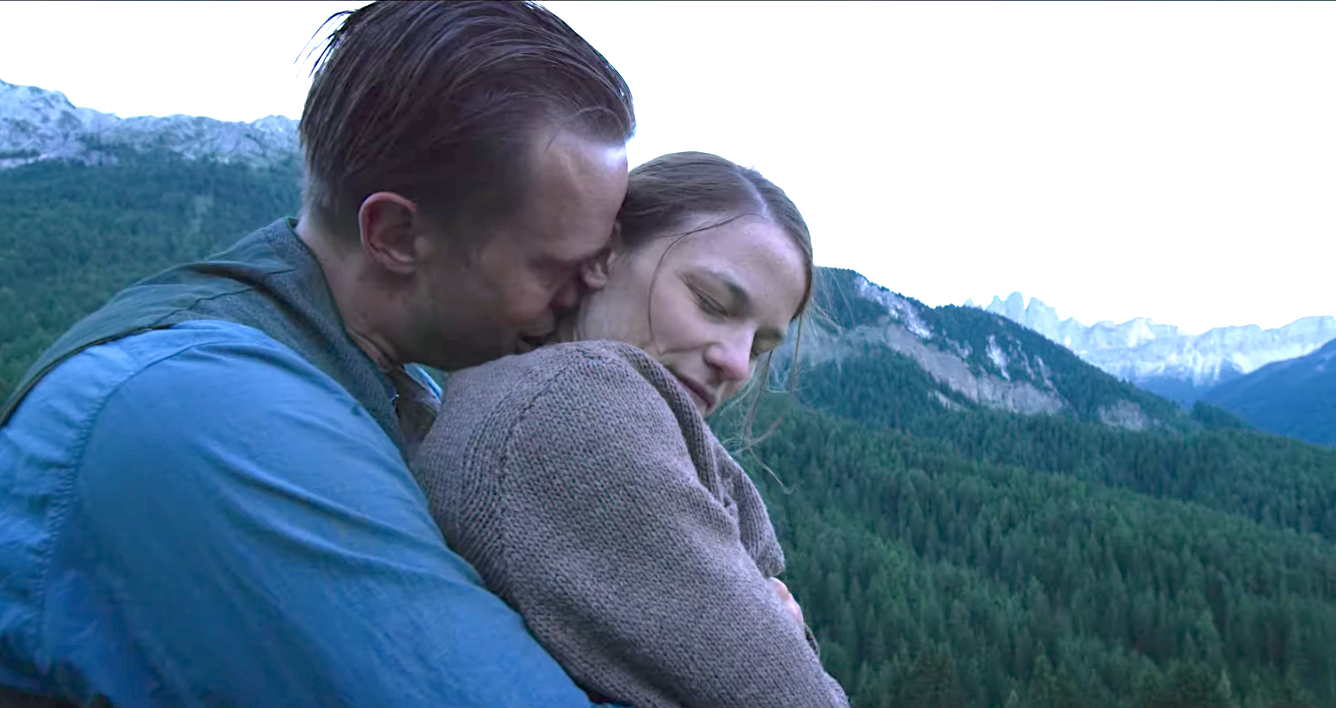A Hidden Life (Terrence Malick, 2019): USA
Reviewed by Jeremy Ellison. Viewed at AFI Fest 2019.
 Throughout Terrence Malick’s illustrious career, he’s explored the meaning of life, love, and loss in ways that virtually no other director has. With A Hidden Life, he masterfully depicts all three. Based on the true story of Franz Jäggerstätter, an Austrian farmer who was firmly against the Nazi regime during WW2, Malick’s film is both stunningly expansive and affectionately intimate. Not only is it one of Malick’s best films, it’s one of the most effective stories about resistance and the bond between a family that I have ever seen.
Throughout Terrence Malick’s illustrious career, he’s explored the meaning of life, love, and loss in ways that virtually no other director has. With A Hidden Life, he masterfully depicts all three. Based on the true story of Franz Jäggerstätter, an Austrian farmer who was firmly against the Nazi regime during WW2, Malick’s film is both stunningly expansive and affectionately intimate. Not only is it one of Malick’s best films, it’s one of the most effective stories about resistance and the bond between a family that I have ever seen.
In typical Malick form, the film plays out as a visual poem. We spend moments and memories with the Jäggerstätter family and get to know them through their interactions with each other and their community, and their day-to-day routine. Working as farmers in the mountainous village of St. Radegund, their days are spent farming, playing in the fields, and attending church. After spending a year away from his family due to mandatory military training, Franz (August Diehl) returns to a relentless barrage of kisses and hugs from his wife, Franziska (Valerie Pachnel). It’s clear the two are inseparable. Their love is natural and synergetic, which is paralleled by the recurring imagery of nature—pairs of mountains, rivers flowing, trees swaying rhythmically. The film portrays their relationship as another God-given piece of the world.
Franz’s intolerance for Nazi beliefs causes him to build tension with other villagers and especially soldiers. After showing disrespect to the cause, he is called upon to serve in the war. Being separated from his family to serve a cause he is firmly against, is hugely distressing for Franz. Staying true to his resistant character, Franz refuses to salute Hitler or participate in other Nazi practices. His unwillingness to conform causes him to be jailed, beaten, and severely worsens his experience away from home. But maybe Franz prefers that to supporting Hitler.
Like all of Malick’s films, A Hidden Life is visually stunning. Surprisingly, Malick didn’t hire Emmanuel Lubezki as cinematographer for this project, but instead worked alongside Jörg Widmer, and the result is just as great. Some scenery looked almost too amazing, it was hard to believe it wasn’t CGI. And instead of a firmly structured narrative, the film jumps and skips through days and moments, in typical Malick fashion. This shattered narrative makes the film feel as if it were a replay of a person’s memories, which I find to be much more emotive than a regular linear narrative. Detractors of Malick will be pleased to hear that, although the film has a very unconventional structure, it’s noticeably more accessible and comprehensible than the last decade of Malick’s work.
Music is used sparingly, which makes its presence even more effective. Opera and hymns accompany images of grand landscapes and heartwarming moments between Franz and Franziska. The score by James Newton Howard is subtle, but works perfectly. The graceful music coalesces with the incredible imagery to give the film an otherworldly, heavenly atmosphere. Terrence Malick appears to be working on an impossible caliber.
By its end, A Hidden Life is a film that somewhat makes all other films seem less important. Malick has never made a film as weighty or resonate as this. It features the humanity and affection of The New World with the grandiose and spirituality of The Tree of Life. It weaves politics, religion, nature, and war into a colossus that is, at its core, a story of love.
About this entry
You’re currently reading “A Hidden Life (Terrence Malick, 2019): USA,” an entry on Student Film Reviews
- Published:
- 11.20.19 / 3am
- Category:
- AFI Filmfest 2019, Films
3 Comments
Jump to comment form | comments rss [?]